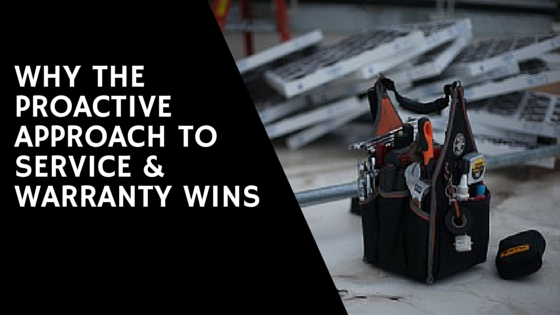Why the Proactive Approach to Service and Warranty Wins

There are two main approaches commonly seen in the mechanical systems industry in regards to transitioning from the construction of a facility, to the ongoing operation of that facility. One approach is for contractors to handle warranty issues with a very hands-off style, distancing themselves from the project as soon as the warranty period is up. This approach can leave a facility waiting for a response on critical needs which leaves facility owners with the operational pains of new equipment after the warranty period has expired.
The second approach to warranty and service is much more proactive. This approach utilizes trained, commercial service pipefitters throughout the two major phases of construction. During the startup and commissioning of the facility, a contractor’s start up group meticulously tunes equipment, ensuring that it operates properly per the design and factory recommendations. After all equipment has gone through a thorough start up and benchmark, a team of service pipefitters are then assigned to the project to handle the inevitable first year operation pains.
This approach allows the construction team to focus on what they do best – building facilities! In addition, having a department dedicated to service allows for peace of mind that any issues are being resolved by highly skilled, well trained service professionals that have years of experience in quickly and accurately correcting similar issues. The last, and most important benefit of this approach, is the level of facility-specific knowledge that is developed within the contractor’s service department. Being involved in these projects during the construction phase gives service professionals a unique, inside look into the soul of the facility. The construction phase is the one and only time in a building’s life that “insider” knowledge” can be obtained, and this knowledge pays massive dividends during the operational phase of a building.
The benefits gained from having inside information during the construction phase as to how a facility should operate are truly priceless. Utilizing that information to quickly and accurately address warranty information allows contractors to ensure that buildings work like they were designed to work, and continue to operate critical equipment properly long into the future.



